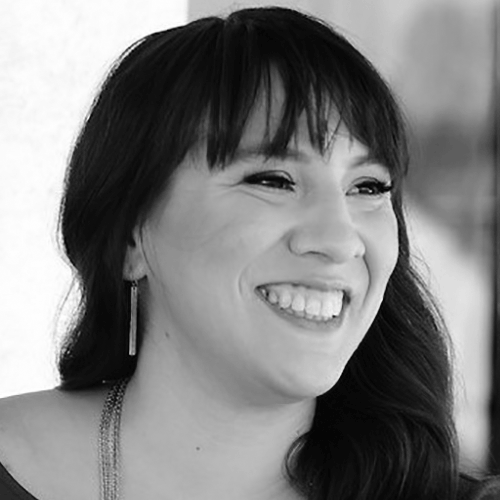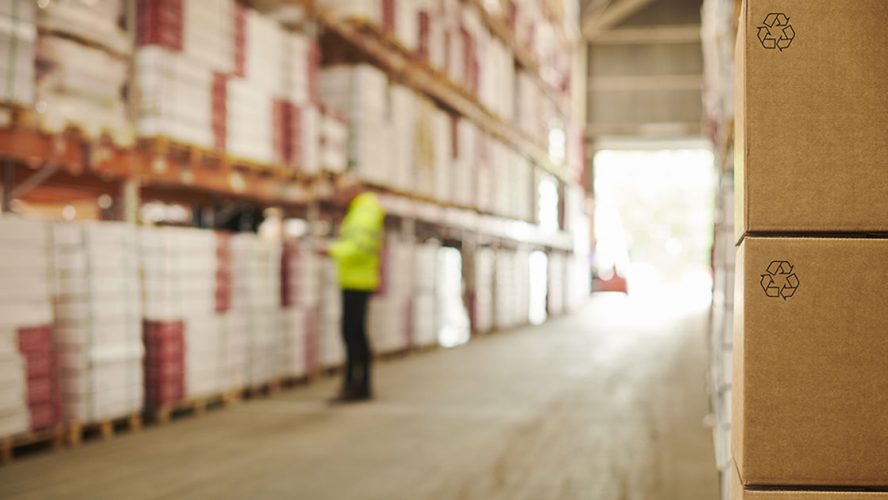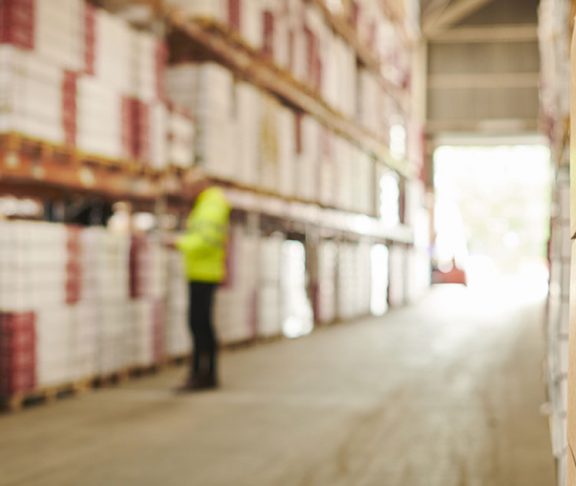Driscoll’s Packaging Development and Sustainability Manager, Camille Herrera, discusses the sustainability initiatives within the packaging industry.

Camille Herrera
Packaging Development and Sustainability Manager, Driscolls
How have you seen the packaging industry shift in the last few years toward more sustainable options?
The packaging industry has shifted in a few key ways: Designing for recyclability, recycled content, compostable packaging, and packaging made from renewable, bio-based sources.
It’s been really positive to see the new collaborations forming that help companies create packaging that can be recycled in practice, not just in theory. Many packaging materials can be recycled but sometimes there are problematic formats, inks, labels, or closures used that compromise the base material’s recyclability. Now we are seeing packaging industry groups collaborate more with recycling industry groups to identify best design practices. Some great resources are the APR Design® Guide for Plastics Recyclability and How2Recycle.
What sustainable trends have you seen become the new normal for many companies?
More and more companies are setting reduction targets for greenhouse gas emissions. Companies are also setting plastic reduction or elimination targets. It’s been good to see companies that have both greenhouse gas emissions recognize that targets can be at odds at times and have strategies for balancing them.
Recycled content has always been a hallmark of sustainably-minded companies, but now we see it getting embraced by a wider audience. There is an increase in commitments for using recycled content, and companies are taking even more meaningful action towards those commitments than before. There are many policy drivers also, with states focusing on legislation to ensure recycling doesn’t just stop with material collection but genuinely find a home in new, valuable products, if not the same type of product.
How have you seen your consumers respond more positively to your emphasis on sustainable packaging in the past years?
Our consumers have been challenging us to provide more sustainable packaging solutions and we’ve listened. We’ve made it a point to bring our consumers and customers along the journey by sharing our progress and our challenges. We most recently launched our Berry Big™ strawberries and our consumers praised both the flavor and the new corrugated packaging! We’re happy to see so many consumers and customers engage with us on our journey to more sustainable packaging.
What lead you to invest in more sustainable packaging and how do you plan to continue that growth?
Our packaging has continued to evolve over the years however it wasn’t until the last two years that we formally established a sustainable packaging taskforce to tackle plastic use in our supply chain more holistically. While we were making internal changes to our packaging, the recycling industry was completely shifting and that was a catalyst to rethinking our investments in packaging. Today, our investments go beyond the clamshell and into the recycling landscape. We want to have a seat at the table to better understand the infrastructure, capacities, and future of recycling so we can be ready and able to invest in sustainable packaging solutions.
How has going more sustainable with your packaging impacted the brand overall?
Driscoll’s has had the privilege to serve families around the world with fresh great tasting berries for over 100 years. As a brand, we now have an opportunity to enhance our consumers experience by ensuring that their purchase does not contribute to plastic waste by closing the loop on our clamshell recycling.
This article has been paid for by Driscolls.

